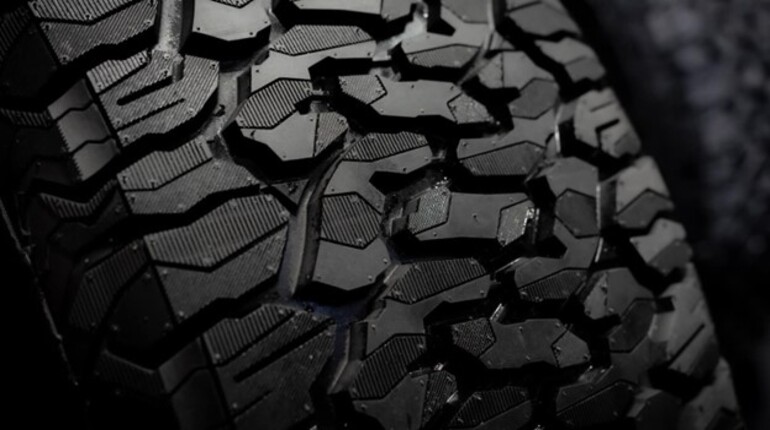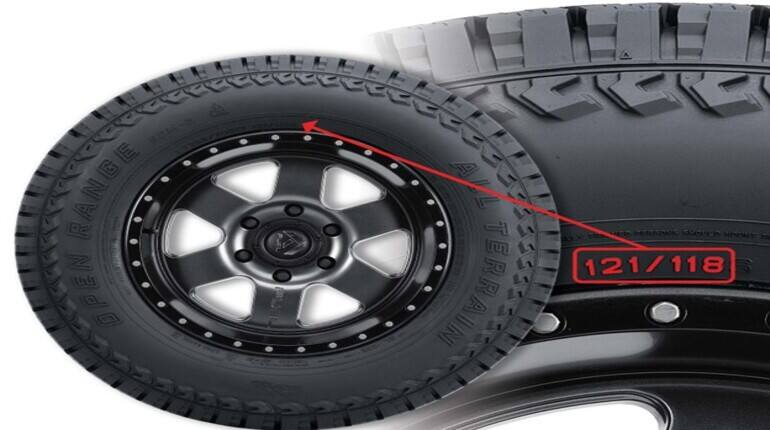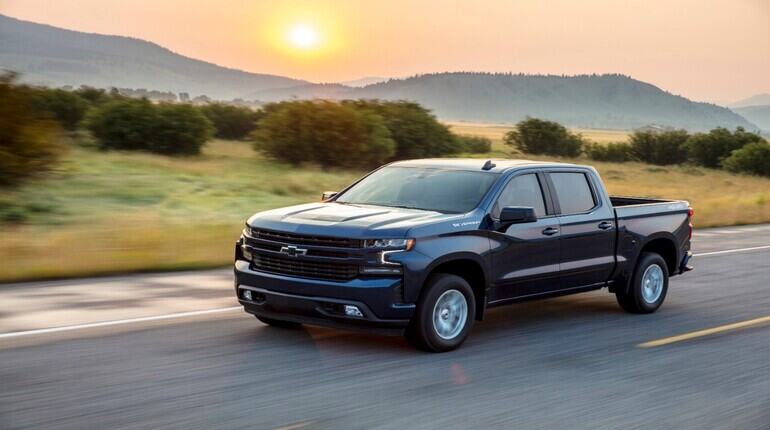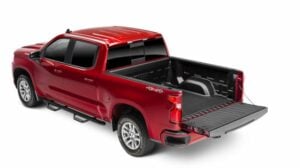Introduction
The tires for 4×4 vehicles are often of interest because of their ability to handle well in some or most difficult terrain. They are divided into four main types: highway, mud, light trucks, and all-terrain.
This article will enlighten the benefits of all-terrain tires, how to choose them for your car, and the answer to some frequent questions. Do not miss out if you want to conquer any terrain!
What are all-terrain tires?

The all-terrain tire (AT) is intended for all road surfaces, from paved highways to bumpy roads filled with dirt, mud, and snow. Manufacturers use a harder synthetic resin when making it, reinforce the sides to be strong, and equip a larger tread pattern than conventional 4×4 tires.
Based on the load that the tire can withstand compared to their size and the amount of air injected into them, the all-terrain tire is divided into 3 types:
- P/Euro-metric: With a standard load expressed in SL or an additional inflatable XL load of 36 and 42 psi (pounds per square inch), respectively.
- LT-metric: Stands for light truck, denoted by the letters B, C, D, E, or F, equivalent to 35, 50, 65, 80, and 95 psi
- Flotation: Designed for low-pressure drop, provides traction on loose soil and sand, variable pumping force from 25 to 80 psi.
With 40% off-road use, the tire offers grip, high-impact resistance, and street handling. The open tread design absorbs impact force, while the unique siping structure removes water, mud, snow, and small obstructions to restore performance and reduce slippage.
Benefits of all-terrain tires
- Strong grip on all terrains: Due to the open spike design, they intertwine and compensate for each other, helping to increase the ability to grip gravel and mud, even paved roads.
- High load-carrying capacity: Thanks to the solidly reinforced sidewalls, create a strong, solid tire that can withstand heavy loads and help prolong the tire’s life.
- Year-round operation: Allow handling snow and ice well in winter or withstand high temperatures in summer. Therefore, if you only operate normally, you do not need to change the brand-new set every time the season changes.
Drawbacks of all-terrain tires
- Loud noise: Due to the separate symmetrical spike block, there is plenty of room for air to enter, which is compressed by the contact surface and causes sound.
- Short tread life: For increased resilience, flexibility, and traction, they are made from softer materials. Because of that, the life expectancy is not more than 40,000 miles (types are usually from 60,000 – 70,000 miles).
- Easy to warp: Often have to move on bumpy terrain and bear a large load, causing side imbalance. Otherwise, it could be due to weakly controlled shock absorbers or substandard wheel pressure.
- High fuel consumption: Comes from the slightly higher mass due to reinforced components, so it costs more operating energy.
How to find the right tire for your off-road vehicle?

First, you need to determine how long you are on rough roads. If the answer is more than 40% of the time, besides the streets and highways, then it makes sense to choose all-terrain tires.
They will save you much money and time on changing new ones while ensuring consistent performance and traction. Next, you need:
- Find out the size and load rating of the type you need
- Based on that, to localize the latest products, advanced technology with equivalent parameters
- Compare with their competitors (like pros and cons, weight, durability, traction, etc.)
- Check out reviews and expert opinions.
For example, if you need a suitable kit for your Land Cruiser, you can choose the newly released Toyo Open Country AT/III spec LT 275/ 70 R18 E, with custom suspension.
Compare it with the BF Goodrich K02 and the Falken Wildpeak AT3W, and you find that it is 4 and 7 pounds lighter, which can save extra operating fuel.
Conclusion
Thanks to the benefits of all-terrain tires, you can make your tough rides much more enjoyable and comfortable. They have good traction control and effectively limit vibrations, slips, and noises.
While it may cost you a bit more fuel when using it on highway bends, they are effective year-round without needing to be replaced.
It means you only need to invest a small amount, which brings great physical and mental value for every trip!
Answering your questions
Do all-terrain tires wear faster?
Yes. If you compare it with an all-season tire with a lifespan of about 80,000 miles, its life is much shorter because the tread is designed with soft rubber for easy grip.
Do all-terrain tires slow you down?
You do not need to slow down for rough terrain for turns, as they handle well because of the soft tread. However, for asphalt roads like highways, you need to slow down the speed a bit to save fuel, or the performance will decrease by about 3% compared to other types.
Are all-terrain tires good for highway driving?
You can weigh the benefits of using it compared to off-road others. They can all run on highways and many different terrains.
But AT usually consumes more fuel because its good grip has been maximized, while the remaining types will cause more annoying noise.






